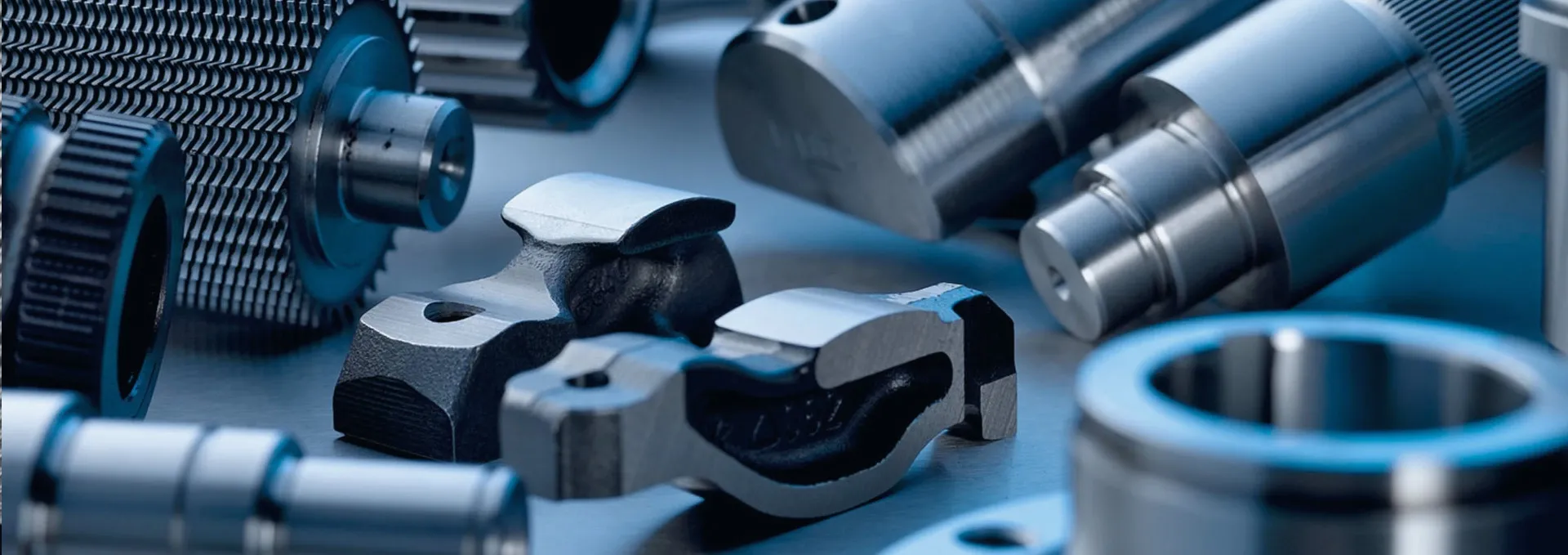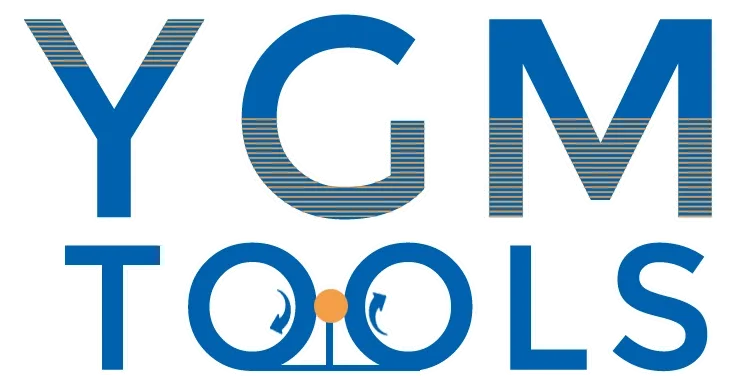
-
 Afrikaans
Afrikaans -
 Albanian
Albanian -
 Amharic
Amharic -
 Arabic
Arabic -
 Armenian
Armenian -
 Azerbaijani
Azerbaijani -
 Basque
Basque -
 Belarusian
Belarusian -
 Bengali
Bengali -
 Bosnian
Bosnian -
 Bulgarian
Bulgarian -
 Catalan
Catalan -
 Cebuano
Cebuano -
 Corsican
Corsican -
 Croatian
Croatian -
 Czech
Czech -
 Danish
Danish -
 Dutch
Dutch -
 inglés
inglés -
 Esperanto
Esperanto -
 Estonian
Estonian -
 Finnish
Finnish -
 French
French -
 Frisian
Frisian -
 Galician
Galician -
 Georgian
Georgian -
 German
German -
 Greek
Greek -
 Gujarati
Gujarati -
 Haitian Creole
Haitian Creole -
 hausa
hausa -
 hawaiian
hawaiian -
 Hebrew
Hebrew -
 Hindi
Hindi -
 Miao
Miao -
 Hungarian
Hungarian -
 Icelandic
Icelandic -
 igbo
igbo -
 Indonesian
Indonesian -
 irish
irish -
 Italian
Italian -
 Japanese
Japanese -
 Javanese
Javanese -
 Kannada
Kannada -
 kazakh
kazakh -
 Khmer
Khmer -
 Rwandese
Rwandese -
 Korean
Korean -
 Kurdish
Kurdish -
 Kyrgyz
Kyrgyz -
 Lao
Lao -
 Latin
Latin -
 Latvian
Latvian -
 Lithuanian
Lithuanian -
 Luxembourgish
Luxembourgish -
 Macedonian
Macedonian -
 Malgashi
Malgashi -
 Malay
Malay -
 Malayalam
Malayalam -
 Maltese
Maltese -
 Maori
Maori -
 Marathi
Marathi -
 Mongolian
Mongolian -
 Myanmar
Myanmar -
 Nepali
Nepali -
 Norwegian
Norwegian -
 Norwegian
Norwegian -
 Occitan
Occitan -
 Pashto
Pashto -
 Persian
Persian -
 Polish
Polish -
 Portuguese
Portuguese -
 Punjabi
Punjabi -
 Romanian
Romanian -
 Russian
Russian -
 Samoan
Samoan -
 Scottish Gaelic
Scottish Gaelic -
 Serbian
Serbian -
 Sesotho
Sesotho -
 Shona
Shona -
 Sindhi
Sindhi -
 Sinhala
Sinhala -
 Slovak
Slovak -
 Slovenian
Slovenian -
 Somali
Somali -
 Spanish
Spanish -
 Sundanese
Sundanese -
 Swahili
Swahili -
 Swedish
Swedish -
 Tagalog
Tagalog -
 Tajik
Tajik -
 Tamil
Tamil -
 Tatar
Tatar -
 Telugu
Telugu -
 Thai
Thai -
 Turkish
Turkish -
 Turkmen
Turkmen -
 Ukrainian
Ukrainian -
 Urdu
Urdu -
 Uighur
Uighur -
 Uzbek
Uzbek -
 Vietnamese
Vietnamese -
 Welsh
Welsh -
 Bantu
Bantu -
 Yiddish
Yiddish -
 Yoruba
Yoruba -
 Zulu
Zulu
Precision Thread Rolling Tools | Flat Die & Hydraulic Machines
Optimizing Fastener Production: The Critical Role of Advanced Thread Rolling Technology
In the precision engineering and manufacturing sectors, the integrity and performance of threaded fasteners are paramount. From structural components in the aerospace industry to high-pressure fittings in petrochemical plants, the method of thread formation directly influences the end product's strength, fatigue resistance, and overall reliability. This article delves into the sophisticated world of thread rolling, focusing specifically on the advanced capabilities of the thread rolling tool. We will explore its intricate manufacturing process, the pervasive industry trends shaping its evolution, diverse application scenarios, and the compelling technical advantages it offers over traditional thread cutting methods. Our objective is to provide B2B decision-makers and technical engineers with a comprehensive understanding of how modern thread rolling solutions drive efficiency, quality, and economic benefits.
The demand for fasteners with superior mechanical properties, particularly enhanced fatigue life and resistance to stress corrosion, has propelled innovations in cold forming techniques. Unlike machining, thread rolling reshapes the material, densifying the grain structure and introducing beneficial compressive residual stresses, resulting in a thread profile that is significantly stronger and more durable. This non-cutting process also yields a smoother surface finish, reducing stress concentration points and improving the fastener's longevity in demanding environments. Understanding these core principles is crucial for any enterprise aiming to optimize its manufacturing output and uphold stringent quality standards.
The Advanced Manufacturing Process of a Thread Rolling Tool
The creation of a high-performance thread rolling tool is a sophisticated endeavor, demanding precision at every stage from material selection to final inspection. The tooling, typically in the form of flat dies or cylindrical rolls, must withstand immense pressure and friction while maintaining exact dimensional accuracy over extended operational cycles. Our commitment to ISO 9001 certified manufacturing ensures each tool meets stringent global standards.
1. Material Selection and Preparation:
High-alloy tool steels are indispensable for thread rolling dies due to their superior hardness, wear resistance, and toughness. Common choices include:
- D2 Tool Steel: Known for excellent wear resistance and dimensional stability.
- M2 High-Speed Steel (HSS): Offers high hot hardness and wear resistance, crucial for high-speed applications.
- Specialized PM (Powder Metallurgy) Steels: Provide enhanced toughness and uniform carbide distribution for prolonged tool life.
These materials are typically sourced from certified suppliers, ensuring chemical composition and metallurgical integrity align with specified design parameters. Initial blanks undergo precise cutting and pre-forming.
2. Precision Forging and Shaping:
Depending on the die type, initial shaping may involve forging to achieve a near-net shape, which helps orient the grain flow for maximum strength. For complex profiles, specialized casting techniques might be employed. This foundational step is critical for minimizing material waste and preparing for subsequent machining.
3. Advanced CNC Machining:
The intricate thread profiles on the dies are generated using state-of-the-art CNC multi-axis milling and grinding machines. CAD models are translated into precise tool paths, ensuring:
- Accurate Lead and Helical Angles: Essential for precise thread formation.
- Consistent Pitch Diameter and Profile: Conforming to international standards like ANSI B1.1 (Unified Inch Threads) or DIN 13 (Metric Threads).
- Optimal Root Radius: Maximizing fatigue resistance in the rolled fastener.
4. Specialized Heat Treatment:
Heat treatment is perhaps the most critical stage for the performance of a thread rolling tool. A carefully controlled process of austenitizing, quenching, and multiple tempering cycles achieves the required hardness (typically HRC 60-64), toughness, and wear resistance. This also helps in stress relief and phase transformation for optimal mechanical properties.
5. Surface Finishing and Coating:
To further extend service life and reduce friction, dies may undergo surface treatments such as:
- Nitriding: Enhances surface hardness and corrosion resistance.
- PVD/CVD Coatings (e.g., TiN, TiCN): Provide a low-friction, extremely hard outer layer, dramatically improving wear resistance and preventing material adhesion.
6. Rigorous Quality Control and Testing:
Each die undergoes comprehensive inspection against standards like ISO 10242 (for thread rolling dies) and other application-specific criteria:
- Dimensional Accuracy: Using optical comparators, CMMs, and laser micrometers.
- Hardness Testing: Rockwell or Vickers hardness tests.
- Surface Roughness: Measured to ensure smooth material flow.
- Metallurgical Analysis: Microscopic examination for grain structure and absence of defects.
This meticulous process ensures a service life often extending to millions of cycles, depending on material, application, and maintenance. The result is a robust and reliable tool that significantly contributes to energy savings through cold forming and enhanced corrosion resistance of the final fastener.
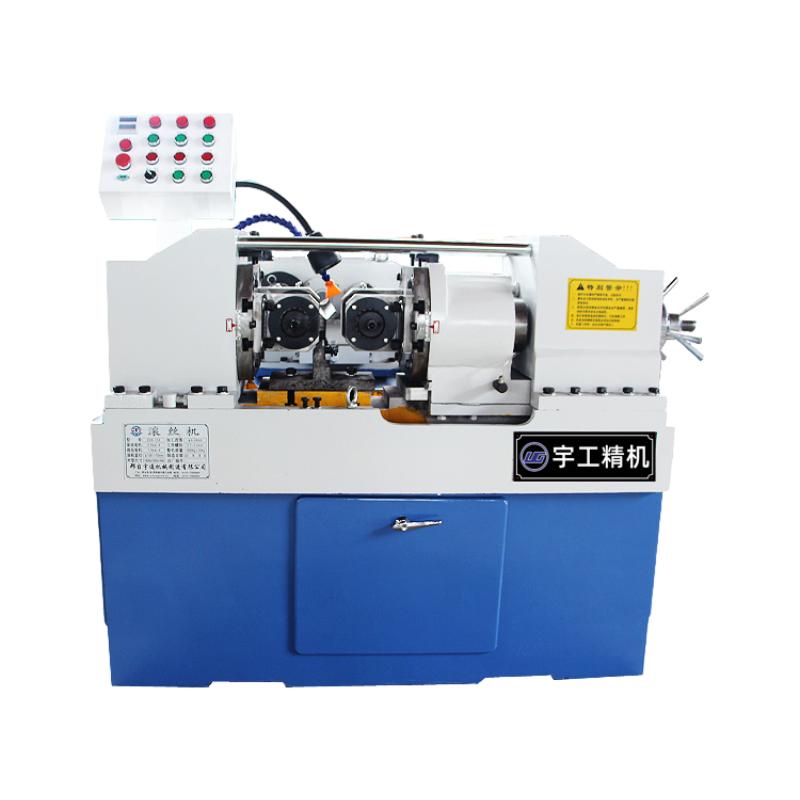
Figure 1: High-precision manufacturing of a thread rolling die.
Key Industry Trends in Thread Rolling Technology
The thread rolling industry is constantly evolving, driven by demands for higher precision, increased automation, and sustainable manufacturing practices. Several key trends are shaping the development and adoption of advanced thread rolling tool solutions:
- Automation and Industry 4.0 Integration: Modern thread rolling machines are increasingly integrated with robotic loading/unloading systems, automated inspection, and data analytics platforms. This enhances operational efficiency, reduces labor costs, and enables predictive maintenance. Features like real-time process monitoring and adaptive control are becoming standard, leading to fewer defects and optimized output.
- Increased Demand for Specialized Materials: As industries like aerospace and medical devices increasingly use exotic alloys (e.g., titanium, superalloys), there's a growing need for thread rolling tools and machines capable of processing these difficult-to-form materials without compromising metallurgical integrity. This drives innovation in tool material science and machine rigidity.
- Precision and Miniaturization: The trend towards smaller, more precise components requires thread rolling machines with extremely tight tolerances and high repeatability. This is particularly evident in micro-fasteners and specialized connectors, where even minute deviations can lead to critical failures. Advanced control systems and high-resolution measurement feedback loops are essential.
- Energy Efficiency and Sustainability: Cold forming is inherently more energy-efficient than machining, as it produces no chips and requires less energy per part. Manufacturers are further enhancing this advantage by developing more efficient hydraulic systems for hydraulic thread rolling machine models and optimizing motor drives, aligning with global sustainability goals and reducing operational carbon footprints.
- Hybrid Manufacturing Approaches: While cold forming is preferred, hybrid processes combining thread rolling with other techniques (e.g., initial forging followed by thread rolling) are emerging to optimize material utilization and achieve complex geometries more efficiently.
These trends highlight a shift towards smarter, more robust, and environmentally conscious manufacturing. Companies that embrace these advancements are better positioned to meet the evolving demands of their respective markets, ensuring long-term competitiveness and operational excellence.
Technical Specifications and Parameters of Advanced Thread Rolling Solutions
Selecting the appropriate thread rolling machine requires a detailed understanding of its technical capabilities. The following table outlines typical parameters for a high-performance automatic nut and bolt threading rod machine, serving as a benchmark for what modern technology can deliver:
Product Specification Table: Automatic Nut and Bolt Threading Rod Thread Rolling Machine
These specifications demonstrate the capability of modern thread rolling machines to handle a wide range of fastener dimensions with high precision and efficiency. The robust construction and advanced control systems ensure consistent output quality, minimizing waste and maximizing throughput.
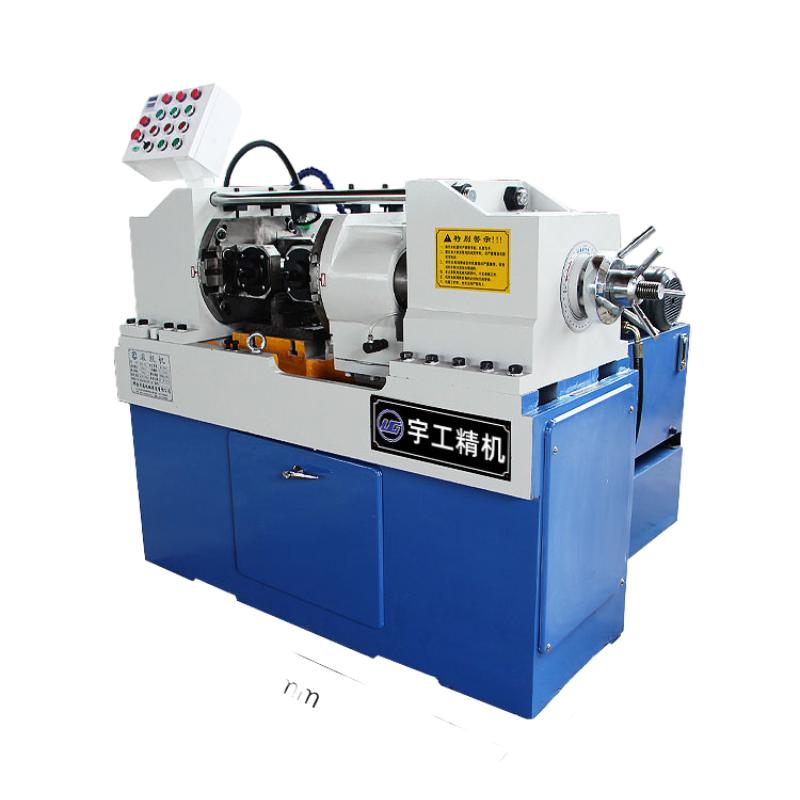
Figure 2: A close-up view of a precision-engineered thread rolling die.
Versatile Application Scenarios for Thread Rolling Technology
The versatility and superior mechanical properties imparted by thread rolling make it an indispensable process across numerous critical industries. The ability to produce high-strength threads with excellent fatigue and wear resistance ensures optimal performance in the most demanding applications.
Target Industries:
- Petrochemical and Oil & Gas: Fasteners in this sector must withstand extreme temperatures, high pressures, and corrosive environments. Thread rolled bolts and studs offer enhanced stress corrosion cracking resistance and fatigue strength, critical for pipeline flanges, valve assemblies, and drilling equipment. The superior surface finish from a flat die thread rolling machine reduces stress concentrators.
- Metallurgy and Heavy Machinery: In industries dealing with large-scale structures and powerful machinery, robust fasteners are essential. Thread rolling is used for anchor bolts, heavy-duty connecting rods, and structural fasteners where high tensile strength and shear resistance are required. The process ensures metallurgical integrity, preventing common failure modes associated with machining.
- Water Supply & Drainage Systems: For pipe couplings, flange connections, and pump components, corrosion resistance and leak-proof seals are vital. Thread rolled products often exhibit better performance in these environments due to their smoother, work-hardened surfaces.
- Automotive Industry: Critical components like engine bolts, wheel studs, and suspension fasteners benefit immensely from the increased fatigue life provided by thread rolling. This enhances vehicle safety and reliability. High-volume production often utilizes automated systems with specialized thread rolling tool sets.
- Aerospace and Defense: In these ultra-critical applications, fasteners must meet incredibly stringent standards for strength-to-weight ratio, fatigue life, and reliability under extreme conditions. Thread rolling is the preferred method for aircraft bolts, structural components, and engine fasteners made from high-performance alloys.
- Construction and Infrastructure: From bridge construction to skyscraper assembly, heavy-duty bolts and rebar connections require threads that can endure significant static and dynamic loads. Thread rolling provides the necessary strength and durability for these long-life applications.
Typical Application Scenarios and Advantages:
- High-Stress Fasteners: In turbine blades, engine connecting rods, or heavy machinery, thread rolled fasteners can tolerate higher tensile and shear forces compared to cut threads due to the advantageous grain flow and compressive residual stresses at the thread root.
- Energy Saving Components: Cold forming with a precision thread rolling tool is an energy-efficient process, consuming significantly less power than chip-generating machining. This translates to lower operational costs and a reduced environmental footprint, making it ideal for large-volume fastener production.
- Corrosion-Resistant Fasteners: The work-hardened, smooth surface created by thread rolling improves the surface finish, reducing the microscopic crevices where corrosion can initiate. This is particularly beneficial for fasteners exposed to chemicals, salt spray, or marine environments.
- Reduced Material Waste: As a cold forming process, thread rolling creates no chips, leading to 100% material utilization for the threaded section. This is a significant economic advantage for manufacturers, especially when working with expensive, high-performance alloys.
These diverse applications underscore the critical role that advanced thread rolling technology plays in producing reliable, high-performance fasteners essential for modern industrial infrastructure and products.
Unparalleled Technical Advantages of Our Thread Rolling Solutions
Our comprehensive range of thread rolling solutions, from the specialized small thread rolling machine to high-capacity automatic systems, offers distinct technical advantages that set them apart from traditional thread cutting or grinding methods. These benefits translate directly into superior product quality, enhanced manufacturing efficiency, and significant cost savings for our clients.
- Superior Fatigue Strength: Thread rolling densifies the material's grain structure along the thread profile and induces beneficial compressive residual stresses at the root of the threads. This significantly enhances the fatigue life of the fastener, often by 50-70% compared to cut threads, which can have sharp roots and undesirable tensile stresses.
- Increased Tensile Strength and Hardness: The cold working process of a thread rolling tool improves the material's yield and tensile strength through work hardening. The surface hardness of the thread flanks is also increased, leading to better wear resistance and resistance to stripping.
- Excellent Surface Finish: Thread rolling produces a burnished, smooth surface finish with low roughness values. This reduces friction during assembly, improves the performance of plating and coatings, and minimizes stress concentration points that could lead to crack initiation, especially critical for applications requiring corrosion resistance.
- Optimized Grain Flow: Unlike thread cutting, which severs the material's grain structure, thread rolling preserves and redirects the grain flow to follow the contour of the thread. This uninterrupted grain flow enhances the structural integrity and shear strength of the thread, making it more robust under load.
- Material Savings and Reduced Waste: As a chipless forming process, thread rolling eliminates material waste typically associated with machining. This is particularly advantageous when working with expensive or scarce materials, contributing to both cost efficiency and sustainability goals.
- High Production Rates: Modern thread rolling machines are designed for high-speed, continuous operation, capable of producing thousands of threaded parts per hour. This significantly boosts throughput compared to slower, sequential cutting processes.
- Enhanced Precision and Repeatability: With robust machine frames and advanced CNC controls, our machines ensure consistent thread geometry and high repeatability, adhering to tight tolerance specifications such as ISO 6g or ANSI 2A.
- Versatility in Materials: While optimized for various steels, our machines can efficiently roll threads on a broad spectrum of materials, including stainless steels, brass, copper, aluminum, and some exotic alloys, provided the material has sufficient ductility.
These cumulative advantages underscore why thread rolling is the preferred method for producing high-quality, high-performance threaded components that are critical in various industries, from automotive to aerospace. Our long-standing expertise in this domain ensures that our customers receive solutions that are not only technologically advanced but also reliable and economically viable.

Figure 3: Automatic feeding system of a thread rolling machine, showcasing efficient material handling.
Comparative Analysis: Selecting the Right Thread Rolling Machine Vendor
Choosing a thread rolling machine vendor is a strategic decision that impacts production efficiency, product quality, and long-term operational costs. It goes beyond mere price comparison; it involves evaluating technical capabilities, service support, customization options, and industry experience. Below is a comparative table highlighting key considerations when evaluating potential suppliers of a thread rolling tool and machinery.
Vendor Comparison Table for Thread Rolling Machines
Our extensive experience and comprehensive product lines, encompassing various machine types including robust hydraulic thread rolling machine models, position us as a leader in delivering superior thread rolling solutions. We understand that each client has unique requirements, and our commitment to advanced technology, rigorous quality, and unparalleled support ensures optimal ROI.
Customized Solutions for Specialized Thread Rolling Requirements
Recognizing that off-the-shelf solutions may not always suffice for complex or niche applications, we specialize in providing tailored thread rolling machinery and tooling. Our engineering team collaborates closely with clients to develop bespoke solutions that precisely match their unique production demands, material characteristics, and geometric specifications.
- Specialized Tooling Design: For non-standard thread forms, exotic materials, or components with challenging geometries, we design and manufacture custom thread rolling tool sets. This includes developing unique die profiles, lead angles, and material specifications (e.g., custom PM steels or specialized coatings) to optimize rolling performance and tool life. Our expertise covers both flat die thread rolling machine and cylindrical die applications.
- Machine Modifications and Integration: We adapt our standard machine platforms or develop entirely new ones to meet specific production line requirements. This can involve custom work-holding fixtures, extended bed lengths for long rods, integrated deburring or chamfering stations, or specialized feeding systems for irregularly shaped blanks.
- Automated Material Handling: For high-volume or ergonomic considerations, we integrate advanced automation solutions, including robotic part loading and unloading, vision inspection systems, and seamless integration with upstream and downstream manufacturing processes.
- Process Optimization Consultancy: Our engineers provide in-depth consultancy services, including Finite Element Analysis (FEA) to simulate rolling processes and predict material flow, helping to prevent potential issues and optimize tool design before physical prototyping. This reduces development time and costs for complex applications.
- Compliance with Industry-Specific Standards: For sectors like aerospace (AS9100) or medical (ISO 13485), we ensure that both the machinery and the process comply with relevant industry standards and certifications, providing full traceability and documentation.
Our collaborative approach ensures that even the most challenging thread rolling requirements are met with innovative, reliable, and cost-effective solutions, leveraging decades of expertise in cold forming technology.
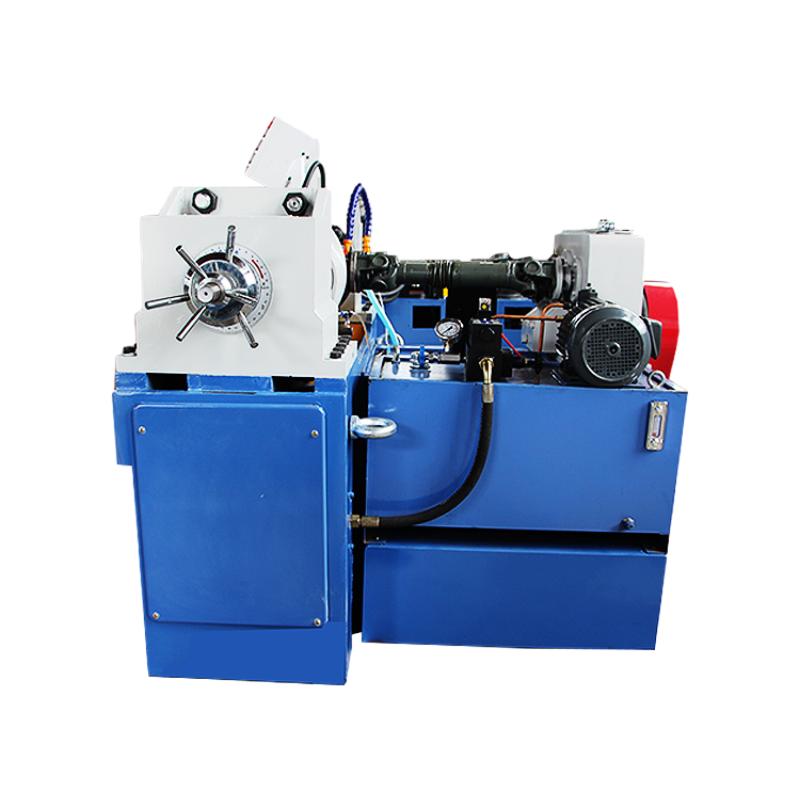
Figure 4: Automated production line featuring advanced thread rolling machinery.
Real-World Application Case Studies
Our commitment to delivering high-performance thread rolling solutions is best demonstrated through the success of our clients. These case studies highlight the tangible benefits achieved by adopting our advanced thread rolling tool and machinery.
Case Study 1: Enhanced Fatigue Life for Automotive Fasteners
- Client: Leading Automotive Tier-1 Supplier.
- Challenge: The client faced warranty claims due to premature fatigue failure of high-stress engine bolts, which were traditionally produced by thread cutting. They required a solution that could significantly increase fastener fatigue life without substantial material changes or increased production costs.
- Solution: We implemented an automatic hydraulic thread rolling machine, paired with custom-designed flat dies from our thread rolling tool range. Our engineers worked with the client to optimize the blank diameter and rolling parameters.
- Results: Post-implementation testing revealed a 60% increase in the fatigue life of the engine bolts. The improved surface finish also reduced the need for additional post-processing. The client reported a 15% reduction in overall fastener production cost due to higher throughput and reduced scrap rates. This led to zero fatigue-related warranty claims for the affected component.
Case Study 2: High-Volume Production of Petrochemical Flange Studs
- Client: Major Manufacturer of Petrochemical Fittings.
- Challenge: The client needed to ramp up production of large-diameter (M48) high-strength studs for critical flange connections in corrosive petrochemical environments. Their existing flat die thread rolling machine struggled with consistency and throughput for these heavy-duty components.
- Solution: We supplied a heavy-duty hydraulic thread rolling machine capable of generating 25 tons of rolling force, coupled with robust, nitrided thread rolling dies. We also integrated an automated feeding system for continuous operation.
- Results: The new setup increased production throughput by 40% while maintaining ISO Class 6g tolerances. The cold-formed threads exhibited superior resistance to stress corrosion cracking in simulated acidic environments. The client praised the machine's stability and the increased service life of the supplied thread rolling tool.
Case Study 3: Precision Micro-Fasteners for Medical Devices
- Client: Manufacturer of Surgical Implants.
- Challenge: Producing extremely small (M2) titanium alloy screws for medical implants, requiring ultra-high precision (ISO 4g) and a flawless surface finish to ensure biocompatibility and reliable performance. Traditional methods resulted in high scrap rates.
- Solution: We provided a specialized small thread rolling machine featuring enhanced sensor feedback, precision CNC control, and custom-ground D2 tool steel dies. The machine's fine-tuning capabilities allowed for exceptional control over the rolling process.
- Results: The client achieved the stringent ISO 4g tolerance and a surface roughness (Ra) of less than 0.4 µm consistently. Scrap rates were reduced by 85%, leading to significant cost savings on expensive titanium material. The consistent quality and reliability of the threaded components were critical for their FDA approval process.
These examples underscore our capability to address a wide spectrum of industrial needs, from improving component durability in heavy industries to achieving micro-precision in high-tech sectors, consistently delivering measurable value to our partners.
Frequently Asked Questions (FAQ)
Q1: What are the primary advantages of thread rolling over thread cutting?
A1: Thread rolling, a cold-forming process, offers several key advantages: significantly improved fatigue strength (up to 70% increase) due to favorable grain flow and compressive residual stresses at the thread root; enhanced surface finish, leading to better corrosion resistance; increased tensile strength and hardness through work hardening; and zero material waste, making it a more economical and sustainable process.
Q2: What types of materials can be processed by a thread rolling tool?
A2: Thread rolling is suitable for a wide range of ductile materials. This includes various grades of carbon steels, alloy steels, stainless steels, aluminum, brass, copper, and certain exotic alloys like titanium and nickel-based superalloys. The key requirement is sufficient material ductility to flow into the die profile without cracking.
Q3: How do I select the correct thread rolling machine for my application?
A3: Selection depends on factors such as thread diameter range, thread length, material type, desired production volume, required precision, and available budget. For small, precise parts, a small thread rolling machine might suffice. For heavy-duty, large-diameter threads, a hydraulic thread rolling machine is often required. Our sales and engineering teams are available to provide expert consultation based on your specific needs.
Q4: What maintenance is required for thread rolling dies?
A4: Regular cleaning, proper lubrication during operation, and careful handling are crucial. Dies should be inspected periodically for wear, chipping, or deformation. When wear is observed, professional re-grinding or replacement of the dies is necessary to maintain thread quality and prevent damage to the workpiece or machine.
Q5: Can existing thread cutting operations be converted to thread rolling?
A5: Yes, in many cases. The conversion requires assessing the component's material, design, and tolerance requirements. It often involves selecting an appropriate thread rolling machine, designing or selecting suitable thread rolling tool, and adjusting the blank diameter (typically slightly smaller than the nominal thread diameter). Our engineering team can assist with feasibility studies and implementation planning for such conversions.
Logistics, Warranty, and Customer Support
We understand that investing in advanced manufacturing equipment like a thread rolling tool is a significant decision. Our commitment extends beyond the sale, encompassing robust support services designed to ensure maximum uptime and operational efficiency for your investment.
Lead Time and Fulfillment:
- Standard Machines: Typically, our standard thread rolling machines have a lead time of 8-12 weeks, depending on current production schedules and specific configurations.
- Customized Solutions: For bespoke machinery or highly specialized tooling, lead times will be quoted individually after detailed engineering and design finalization, typically ranging from 16-24 weeks.
- Logistics: We manage all aspects of international shipping, including crating, freight, customs documentation, and delivery to your facility. Our logistics partners are selected for their reliability and global reach, ensuring secure and timely delivery.
Warranty Commitments:
- Machinery: All new thread rolling machines come with a comprehensive 12-month warranty from the date of installation or 18 months from shipment (whichever comes first). This covers manufacturing defects and component failures under normal operating conditions. Extended warranty options are available.
- Tooling: Thread rolling dies are consumables. However, we guarantee that all dies manufactured by us meet specified hardness, dimensional tolerances, and material compositions. Any manufacturing defects identified upon delivery or within a short break-in period will be addressed promptly.
Customer Support and After-Sales Service:
Our dedication to your success is unwavering:
- Technical Support: Access to our experienced technical support team via phone, email, and remote diagnostics, available 24/7 for urgent issues. Our global network of service engineers ensures prompt on-site assistance when required.
- Spare Parts Availability: We maintain a substantial inventory of genuine spare parts to minimize downtime. Critical components can be dispatched globally within 24-48 hours.
- Training Programs: Comprehensive training is provided for your operators and maintenance staff, either at our facility or yours, ensuring optimal machine utilization and preventative maintenance practices.
- Preventative Maintenance Plans: We offer tailored service contracts to help you maintain your equipment in peak condition, extend its lifespan, and avoid unexpected breakdowns.
Partner with us for reliable machinery, expert support, and a commitment to your long-term manufacturing success.
References
- Manufacturing Engineering & Technology. "Cold Rolling for Thread Formation." Accessed via SME Technical Papers.
- Machine Design. "The Advantages of Thread Rolling." Available at machinedesign.com.
- ISO Standards: ISO 10242 (Thread rolling dies) and ISO 9001 (Quality Management Systems). Available at iso.org.
- ASM Handbook, Vol. 14B: Metalworking: Sheet Forming. "Thread Forming by Rolling." ASM International.
- Schuler Group. "Cold Forging Technology and Applications." Available at schulergroup.com.
